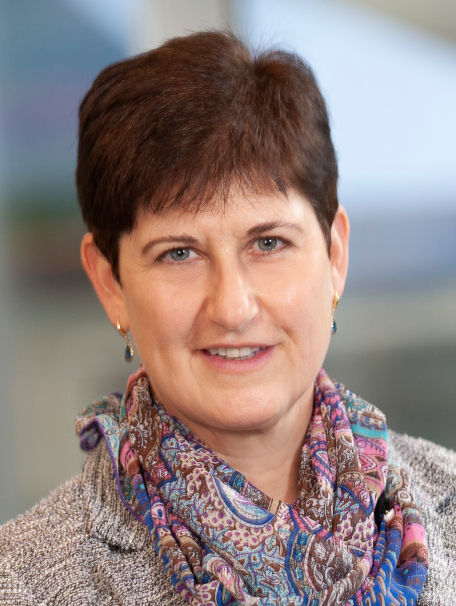Real-world deployment of a fine-tuned pathology foundation model for lung cancer biomarker detection Journal Article
| Authors: | Campanella, G.; Kumar, N.; Nanda, S.; Singi, S.; Fluder, E.; Kwan, R.; Muehlstedt, S.; Pfarr, N.; Schüffler, P. J.; Häggström, I.; Neittaanmäki, N.; Akyürek, L. M.; Basnet, A.; Jamaspishvili, T.; Nasr, M. R.; Croken, M. M.; Hirsch, F. R.; Elkrief, A.; Yu, H.; Ardon, O.; Goldgof, G. M.; Hameed, M.; Houldsworth, J.; Arcila, M.; Fuchs, T. J.; Vanderbilt, C. |
| Article Title: | Real-world deployment of a fine-tuned pathology foundation model for lung cancer biomarker detection |
| Abstract: | Artificial intelligence models using digital histopathology slides stained with hematoxylin and eosin offer promising, tissue-preserving diagnostic tools for patients with cancer. Despite their advantages, their clinical utility in real-world settings remains unproven. Assessing EGFR mutations in lung adenocarcinoma demands rapid, accurate and cost-effective tests that preserve tissue for genomic sequencing. PCR-based assays provide rapid results but with reduced accuracy compared with next-generation sequencing and require additional tissue. Computational biomarkers leveraging modern foundation models can address these limitations. Here we assembled a large international clinical dataset of digital lung adenocarcinoma slides (N = 8,461) to develop a computational EGFR biomarker. Our model fine-tunes an open-source foundation model, improving task-specific performance with out-of-center generalization and clinical-grade accuracy on primary and metastatic specimens (mean area under the curve: internal 0.847, external 0.870). To evaluate real-world clinical translation, we conducted a prospective silent trial of the biomarker on primary samples, achieving an area under the curve of 0.890. The artificial-intelligence-assisted workflow reduced the number of rapid molecular tests needed by up to 43% while maintaining the current clinical standard performance. Our retrospective and prospective analyses demonstrate the real-world clinical utility of a computational pathology biomarker. © The Author(s) 2025. |
| Journal Title: | Nature Medicine |
| ISSN: | 1078-8956 |
| Publisher: | Nature Publishing Group |
| Publication status: | Online ahead of print |
| Date Published: | 2025-07-09 |
| Online Publication Date: | 2025-07-09 |
| Language: | English |
| DOI: | 10.1038/s41591-025-03780-x |
| PROVIDER: | scopus |
| PUBMED: | 40634781 |
| PMCID: | PMC12443599 |
| DOI/URL: | |
| Notes: | Article -- MSK Cancer Center Support Grant (P30 CA008748) acknowledged in PubMed and PDF -- MSK corresponding author is Chad Vanderbilt -- Source: Scopus |
Altmetric
Citation Impact
BMJ Impact Analytics
Related MSK Work











